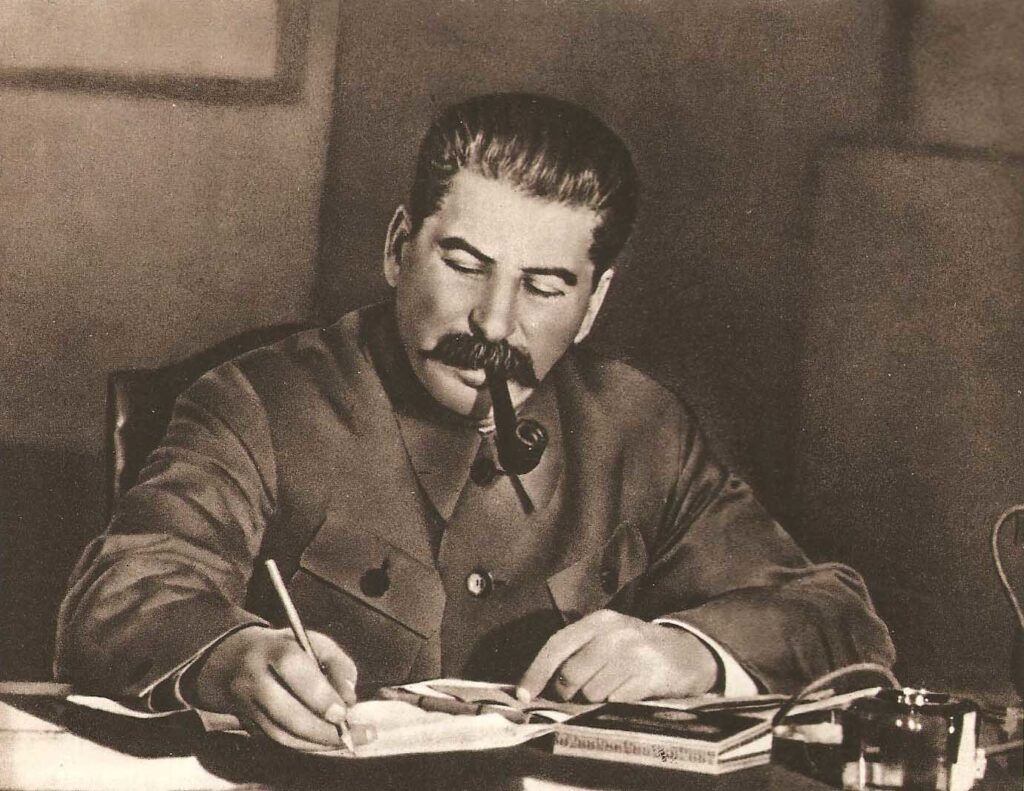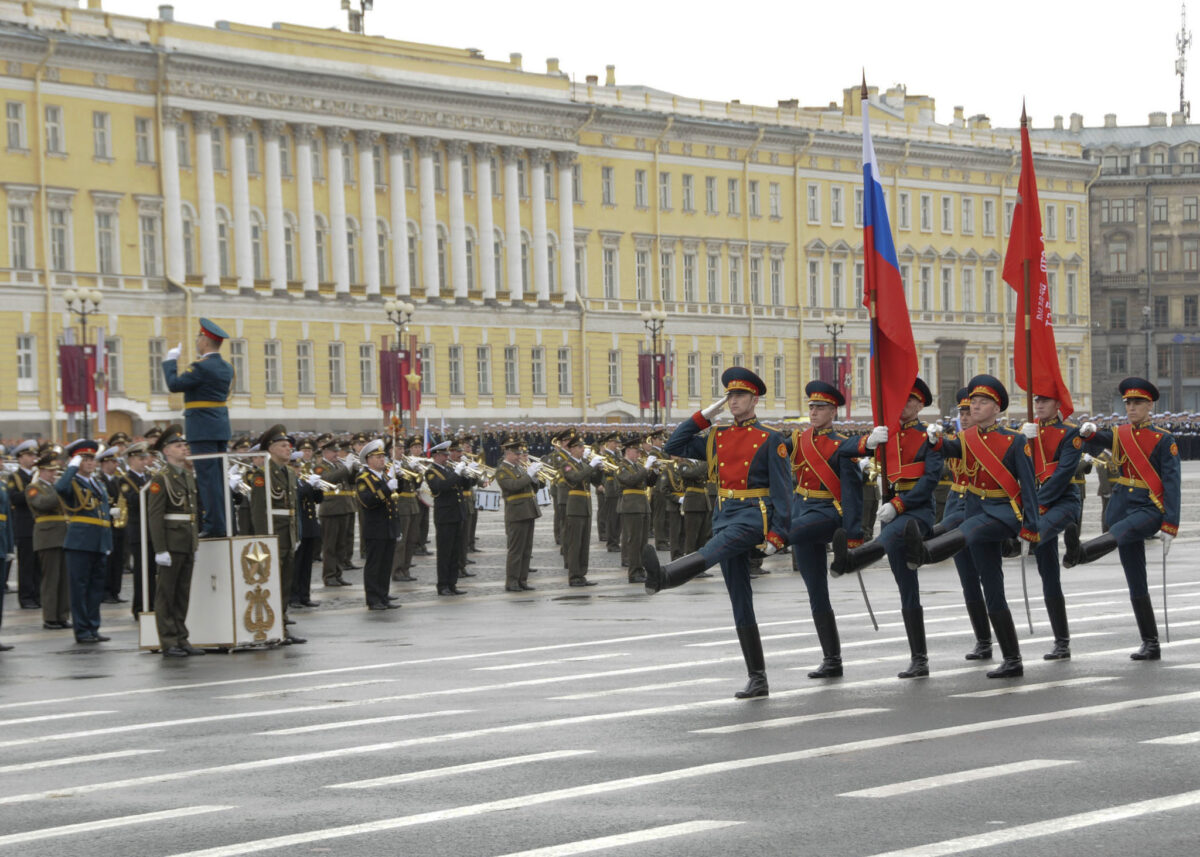KASPIYSK, DAGESTAN – Everyone loves a parade, or so they say. Why, then, was this one the target of a terrorist attack?
The Soviet Union’s experience of WWII was a deadly one. Despite a ‘non-aggression’ treaty (the Molotov-Ribbentrop Pact) signed in August of 1939, Nazi Germany did indeed invade the USSR in June 1941 in what was dubbed Operation Barbarossa. By the end of the war some 24 MILLION Soviet citizens and members of the military had died.
It should not be odd then that the Soviets referred to WWII as the ‘Great Patriotic War’. The nation had suffered horrendously and post-war governments sought to build a new society on the ashes of the older one.

Commemorations of this national sacrifice became annual events across the USSR and the subsequent post Cold War Russia. ‘Victory Day’, held on May 9, marked the end of the Nazi scourge and, in usual Soviet/Russian fashion, often featured long lines of military materiel driving through the streets.
On this day in 2002
During one such celebration, an explosion hit the main thoroughfare of Kaspiysk in the southern republic of Dagestan, killing 44 people and wounding 133: 12 children were among the dead. Security officials say a mine hidden in shrubbery on the side of the town’s Lenin Street blew up as a military band passed.
The scene is horrifying. There are body parts everywhere and an overpowering smell of blood.
Correspondent for Russia’s NTV station
The Russians blamed the explosion on a Dagestani ‘militant‘ named Rappani Khalilov. Russia’s experiences in that region have seldom been good and terrorist attacks were once frequent. The death toll is nowhere near that of the Great Patriotic War but their is nothing ‘patriotic’ about terrorism, nor Russia’s actions in Dagestan.
Read More Today in Terrorism
May 31, 1906: Spanish anarchist bombs royal wedding
On May 31, 1906 a Spanish anarchist threw a bomb hoping to hit King Alfonso XIII, killing 24 and wounding more than 100.
May 30, 2009: Anti-government group bombs TV station in Ecuador
On May 30, 2009 two pamphlet-bombs exploded outside an Ecuadorian TV station and ministry: no victims or significant damage ensued.
May 29, 2016: ISIS uses chlorine gas in terrorist attack
On May 29, 2016 35 civilians were wounded in an ISIS attack using rockets containing chlorine gas in Iraq’s Nineveh Province.

